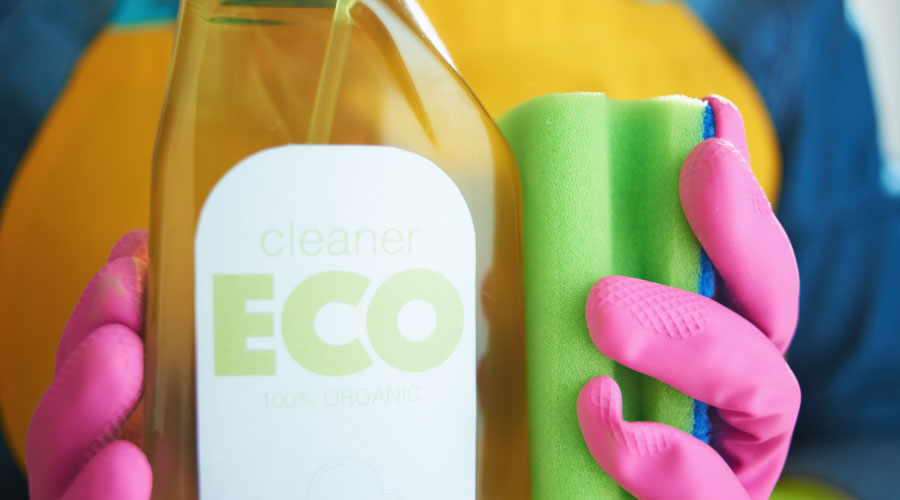Sustainability Plan, Tenant Buy-In Are Only Beginning Of Successful Green Operations
Developing a sustainability plan and getting tenant buy-in are important, but perhaps even more important is making sure that all the stakeholders keep it up after the initial effort. If your projected energy savings are based on all the computers in the building being shut down at night and one tenant, after a few months, starts to leave 15 computers on every evening, the energy savings won't be what they're supposed to be, which can lead to pushback from the folks paying the bills.
"Theoretically, your building's off, right?" says Skodowski. "They're never off."
One way to combat this is by doing a nighttime inspection. Go to the building after hours and make a list of everything that's still on, then break down what, if anything, each tenant needs to be doing differently to help ensure the goals are being met.
Another important element is reinforcing to the operating staff the importance of sticking to the program, even in the face of complaints. Instead of simply reacting to complaints by turning up the heat or pumping in more cold air, first try to see if there's a pattern of complaints that may be a sign of something being wrong. For example, if a thermostat is too close to an air vent or something else that can throw off its readings, it may not be properly heating or cooling the room, which will naturally lead to complaints. Or, if a wireless thermostat is moved, it can similarly throw off the HVAC in the area. While not every complaint can be easily explained and fixed, making sure each component of the system is working properly can help stop them before they start. And avoiding complaints means tenants will be more likely to go along with future sustainability efforts.
But, like almost anything else to do with building operations, you will most likely have to perform a sales pitch for sustainability, especially as you get into more advanced areas. Having a plan ready to show tenants how they will benefit from cost savings without losing comfort and convenience will go a long way toward making sure your sustainability efforts succeed.
Related Topics:














